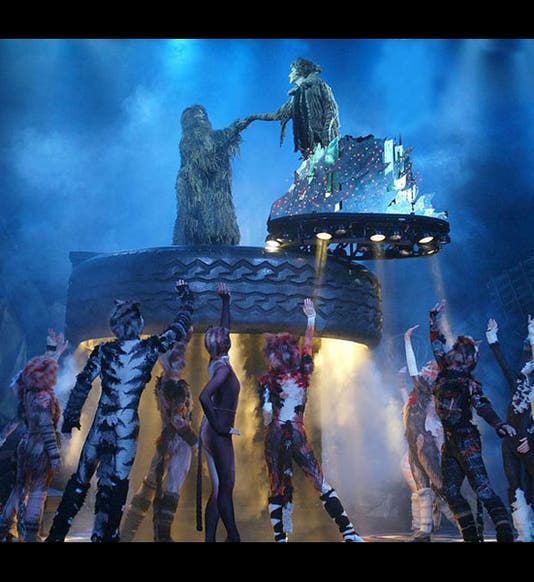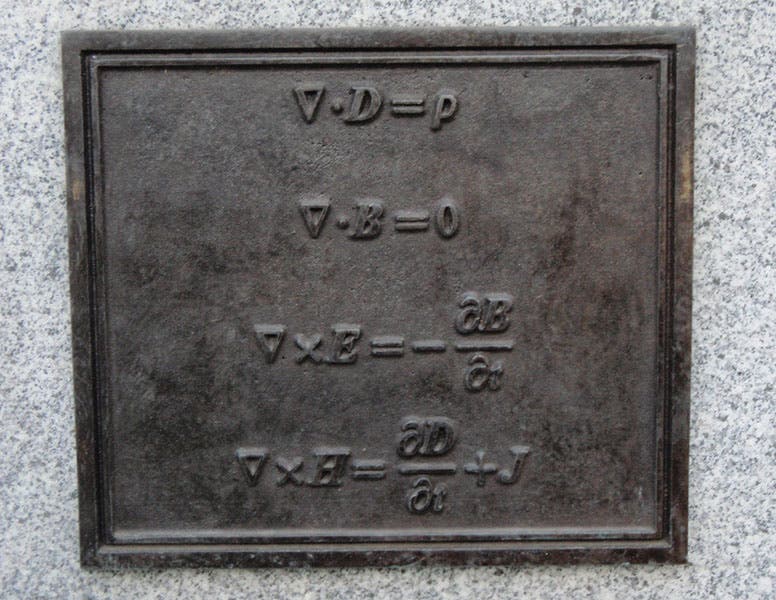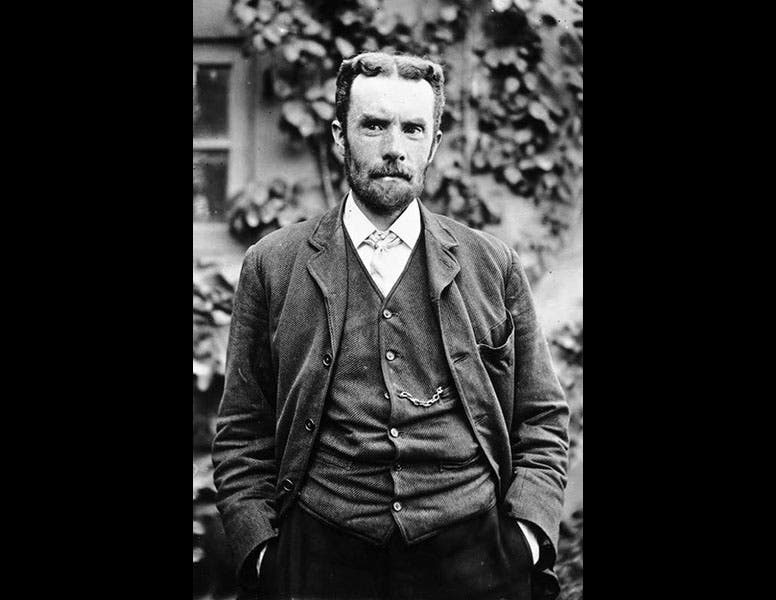Scientist of the Day - Oliver Heaviside
Oliver Heaviside, a British mathematical physicist, was born May 18, 1850. Heaviside had a rough life; he was partially deaf from a childhood bout with scarlet fever, and his parents could not afford to keep him in school after he was sixteen, so he had no formal education at all. Yet he chose to pursue an interest in the mathematics of electromagnetism, stimulated by an encounter with James Clerk Maxwell's Treatise on Electricity and Magnetism (1873) and a desire to understand it. Fortunately he was very intelligent, and he had an uncle-in-law, Charles Wheatstone, a famous electrical engineer, who noticed and encouraged the young man's work and got him a job in the telegraphy business. It took Heaviside years to master Maxwell's book, but when he did, he had a better comprehension of it than most of his contemporaries. Heaviside invented something called vector calculus, and with it he was able to reduce Maxwell's 20 equations that described the interaction of changing electrical and magnetic fields to just four equations, the familiar four that one encounters in any course in advanced physics (second image).
It was comparatively late in life that Heaviside made his other major contribution to physics; in 1902, he predicted the existence of a set of layers of ionized gases high up in the atmosphere, which would become known as the ionosphere. He suggested that one of more of these ionospheric layers should have the capability of reflecting medium-wavelength radio waves, making it possible to bounce radio transmissions around the globe. The existence of this layer was not confirmed until 1924; it was then called the Heaviside layer by English physicists, although it turns out that an American, Arthur Kennelly, predicted it about the same time, and so you will find its entry in Wikipedia under “Kennelly - Heaviside Layer”. Interestingly, the man who confirmed it, Edward Appleton, received a Nobel Prize for the discovery, an award that Heaviside never came close to receiving.
However, Heaviside later was honored in a far more enduring fashion--he became a phrase in an Andrew Lloyd Webber musical. In the climax of Cats the Musical, Grizabella is chosen by Old Deuteronomy to ascend to cat paradise and be reborn, while the feline chorus sings: "Up, up, up, past the Russell Hotel; up, up, up, up to the Heaviside layer" (first image). The Heaviside layer (NOT the Kennelly-Heaviside layer) became for Webber (and Cats) a metaphor for heaven. Cats the Musical was based on a book of poems by T.S. Eliot, Old Possum's Book of Practical Cats (1939), and Grizabella and the Heaviside layer do not appear there. But Webber found an unpublished cat poem among Eliot’s papers that featured Grizabella and included the very phrase about the Heaviside layer we just quoted. So Webber decided to structure the entire musical around Grizabella's ascent and transfiguration. Here is a link to the “Journey to the Heaviside Layer” segment of Cats the Musical.
It is a good thing Eliot and Webber immortalized Heaviside, because otherwise we wouldn’t have much to remember him by. We have a photographic portrait (third image), and one might be forgiven for wondering if Chester Gould was thinking of Heaviside when he created his Flattop character for the Dick Tracy comics. And we have a blue plaque in Torquay (third image), where Heaviside lived for some years and where he is buried. The bronze version of Heaviside’s formulation of Maxwell’s equations (second image) is on the base of Maxwell’s statue in Edinburgh.
Dr. William B. Ashworth, Jr., Consultant for the History of Science, Linda Hall Library and Associate Professor, Department of History, University of Missouri-Kansas City. Comments or corrections are welcome; please direct to ashworthw@umkc.edu.










